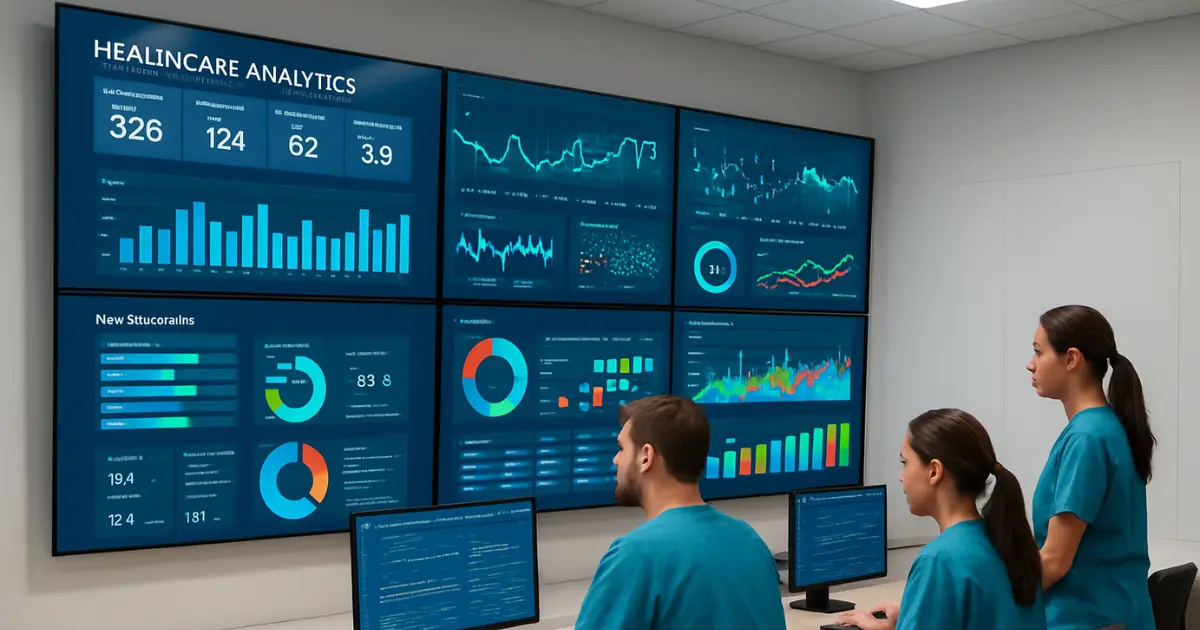Effective communication between doctors and patients is the cornerstone of quality healthcare. While medical expertise is critical, the ability of a doctor to convey information clearly, listen attentively, and empathize with patients significantly impacts treatment outcomes, patient satisfaction, and overall trust in the healthcare system. Studies have shown that patients who feel heard and understood are more likely to adhere to treatment plans, experience better health outcomes, and maintain a long-term relationship with their healthcare provider.
However, communication in healthcare isn’t always straightforward. Patients may feel anxious, overwhelmed, or hesitant to ask questions, while doctors may struggle with time constraints and complex medical jargon. Here, we explore practical and effective doctor-patient communication tips that work to enhance understanding, build trust, and ensure better healthcare experiences.
1. Practice Active Listening
Active listening is more than just hearing words; it’s about understanding the patient’s concerns, emotions, and expectations. Doctors should give patients their full attention, maintain eye contact, and avoid interrupting.
Tips for active listening:
- Nod or use verbal affirmations like “I understand” or “Go on.”
- Repeat or paraphrase what the patient says to ensure understanding.
- Ask open-ended questions to encourage detailed responses.
Active listening helps patients feel respected and valued, making them more likely to share essential health information.
2. Use Simple and Clear Language
Medical terminology can be confusing and intimidating. Using jargon-free language helps patients understand their condition, treatment options, and follow-up care.
Strategies for clear communication:
- Break down complex medical terms into everyday language.
- Use analogies or examples to explain procedures or conditions.
- Encourage patients to repeat back information to confirm understanding.
Clear communication reduces misunderstandings and increases patient compliance with treatment plans.
3. Show Empathy and Compassion
Healthcare is not just about treating diseases; it’s about caring for people. Showing empathy builds trust and strengthens the doctor-patient relationship.
Ways to demonstrate empathy:
- Acknowledge patient feelings: “I understand that this situation is stressful for you.”
- Offer reassurance without minimizing concerns.
- Be patient with anxious or hesitant patients, giving them time to express themselves.
Empathetic communication enhances patient satisfaction and emotional well-being, contributing to better clinical outcomes.
4. Encourage Questions and Dialogue
Patients often hesitate to ask questions for fear of being judged or wasting the doctor’s time. Creating a welcoming environment for dialogue empowers patients to participate in their care actively.
Tips for encouraging questions:
- Ask patients if they have any concerns or doubts before concluding the consultation.
- Provide multiple opportunities for patients to ask questions, including follow-up appointments or digital platforms.
- Use patient portals or CRM systems to facilitate continuous communication.
An open dialogue ensures patients are well-informed and confident in their treatment decisions.
5. Maintain Non-Verbal Communication Awareness
Non-verbal cues like body language, facial expressions, and tone of voice play a crucial role in doctor-patient communication. Patients often interpret non-verbal signals as much as spoken words.
Non-verbal communication tips:
- Maintain open and approachable body language.
- Avoid crossing arms or looking at the clock during consultations.
- Smile, nod, and use a gentle tone to convey understanding and reassurance.
Positive non-verbal communication complements verbal messages, creating a more trusting environment.
6. Personalize the Communication
Every patient is unique, with different backgrounds, experiences, and communication preferences. Personalized communication considers these differences, making interactions more effective.
Ways to personalize communication:
- Address patients by their preferred names.
- Adapt explanations based on the patient’s age, education, or cultural background.
- Respect personal preferences regarding information delivery, such as written materials, videos, or in-person discussions.
Personalized communication ensures patients feel respected and understood, increasing engagement and adherence to care plans.
7. Provide Written or Digital Summaries
Patients may forget or misinterpret important information during consultations. Providing written summaries, brochures, or digital records helps reinforce key points and instructions.
Practical methods:
- Share after-visit summaries via email or patient portals.
- Include medication instructions, lifestyle recommendations, and follow-up schedules.
- Use diagrams or visual aids to explain treatment plans or procedures.
Providing clear takeaways enhances patient understanding and supports better health outcomes.
8. Leverage Technology for Communication
Digital tools can enhance doctor-patient communication, especially in today’s telemedicine-driven healthcare environment. Healthcare CRMs and patient portals can facilitate messaging, appointment scheduling, and follow-ups.
Technology tips:
- Use secure messaging platforms to answer patient queries promptly.
- Provide telehealth options for patients who cannot visit in person.
- Automate reminders for medication, appointments, and check-ups to maintain engagement.
Integrating technology ensures communication continues beyond the clinic visit, fostering continuity of care.
9. Be Transparent and Honest
Honesty builds trust, even when delivering difficult news. Patients appreciate clear explanations about diagnoses, treatment options, risks, and prognosis.
Tips for transparent communication:
- Be direct but compassionate when discussing serious conditions.
- Explain treatment options, including potential side effects or limitations.
- Involve patients in decision-making to empower them.
Transparent communication strengthens the doctor-patient relationship and encourages patients to actively participate in their care.
10. Follow Up Consistently
Effective communication doesn’t end when the patient leaves the clinic. Follow-ups show that the doctor genuinely cares about the patient’s well-being and ensures adherence to treatment plans.
Follow-up strategies:
- Schedule follow-up appointments or calls to monitor progress.
- Use email, text, or patient portals to check in.
- Address any ongoing concerns or questions promptly.
Consistent follow-up improves patient satisfaction, fosters trust, and enhances long-term health outcomes.

Conclusion
Effective doctor-patient communication is the backbone of successful healthcare delivery. By practicing active listening, using clear language, showing empathy, and leveraging technology, doctors can foster trust, improve patient engagement, and enhance clinical outcomes.
Personalized, transparent, and ongoing communication ensures patients feel valued and supported throughout their healthcare journey. In an era where patient experience is as important as treatment quality, mastering these communication strategies is no longer optional — it’s essential for every healthcare provider.







